Bear crisis in the French Pyrenees
The increase in the number of bear attacks on livestock in the French Pyrenees is leading to mayors protesting and requiring bear removal. There are about 50 bears in the region as a result of reintroduction efforts. Through those, the government released over a dozen bears coming from Slovenia.
Please also read: Wild brown bear back in Portugal
The number of bear attacks increased from a total of 164 last year to 214 so far this year. The increase coincides with the release of two female bears from Slovenia last year, which further angered farmers and livestock owners that are already bitter about bears living close to their home. Although farmers get a financial compensation for their losses, this does not seem to calm down their outrage.
The conflict between local residents and environmentalists on bears in the Pyrenees has in fact been going on for years. However, the government recognises bears as one of the crucial species to preserve the biodiversity of the region. Therefore, French bears are strictly protected in the region, therefore no hunting is allowed.
Furthermore, the government’s suggestion to keep the sheep locked up at night further annoys the livestock owners. That’s because they feel that this would be the end of the traditional summer pasture shepherding. However, the use of prevention measures such as electic fences and livestock guarding dogs does help with reducing the number of bear attacks. Therefore, although this is a shift from the traditional pasturing methods, it is the only way to achieve human-bear coexistence.

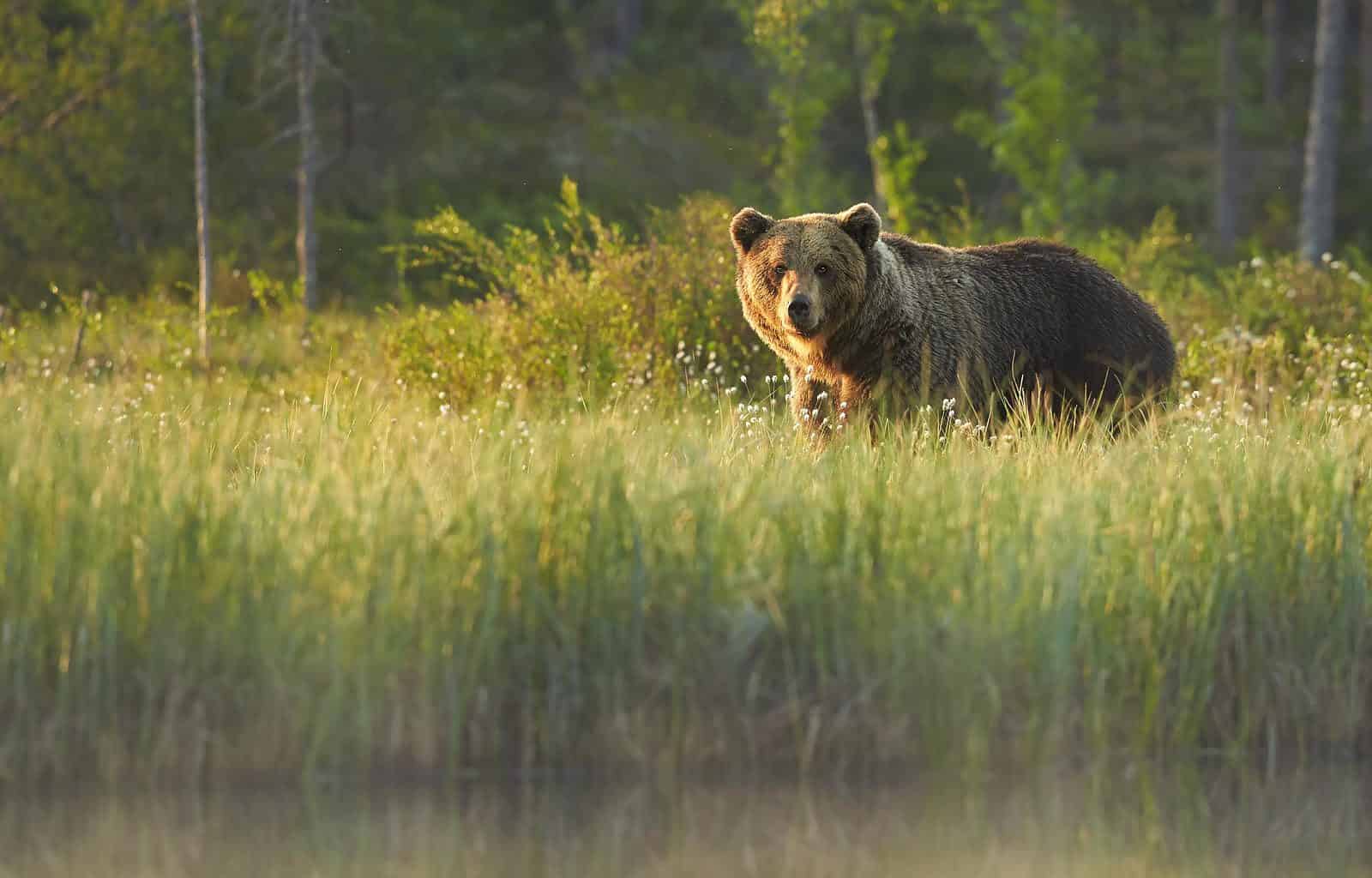
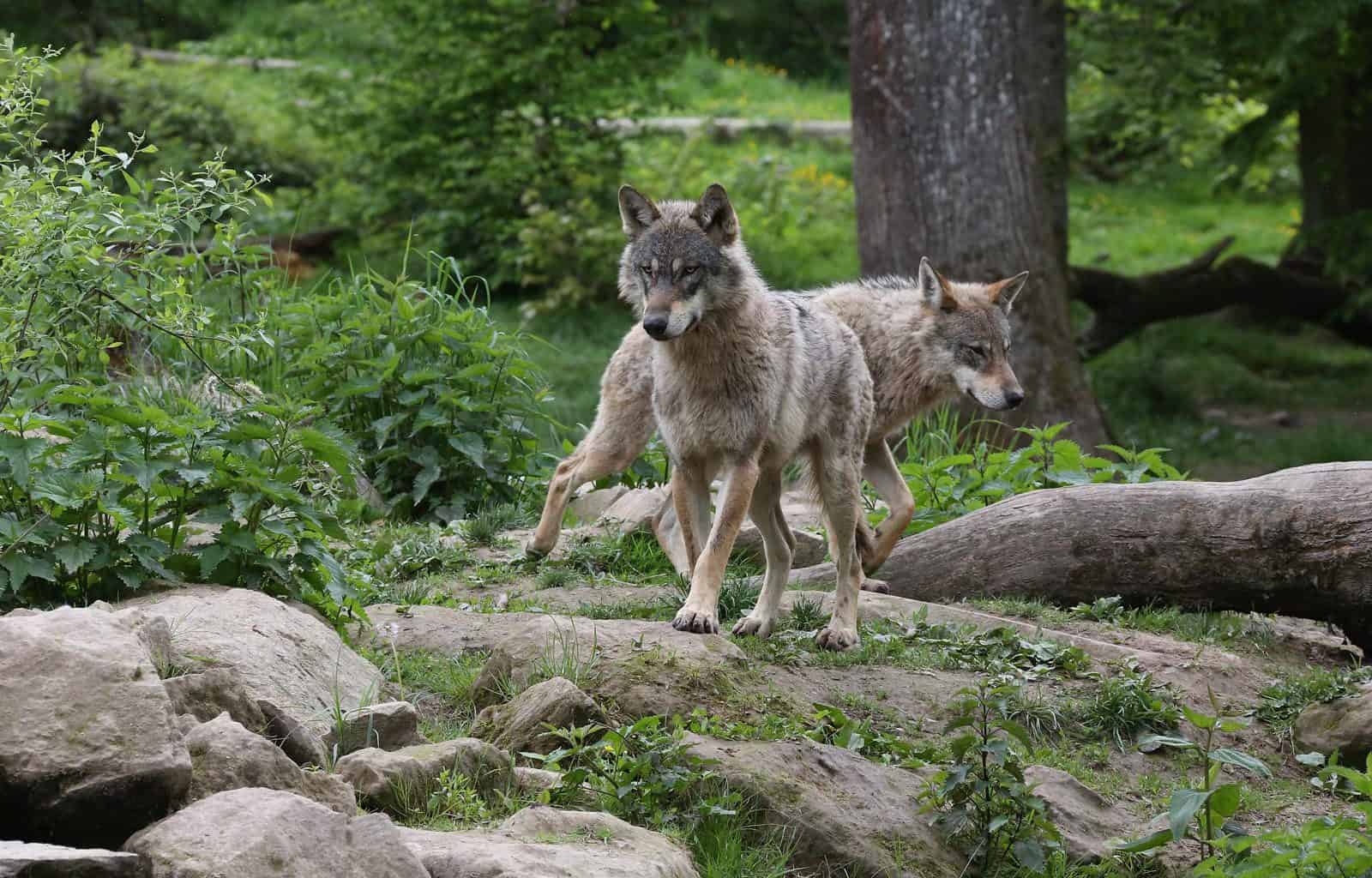
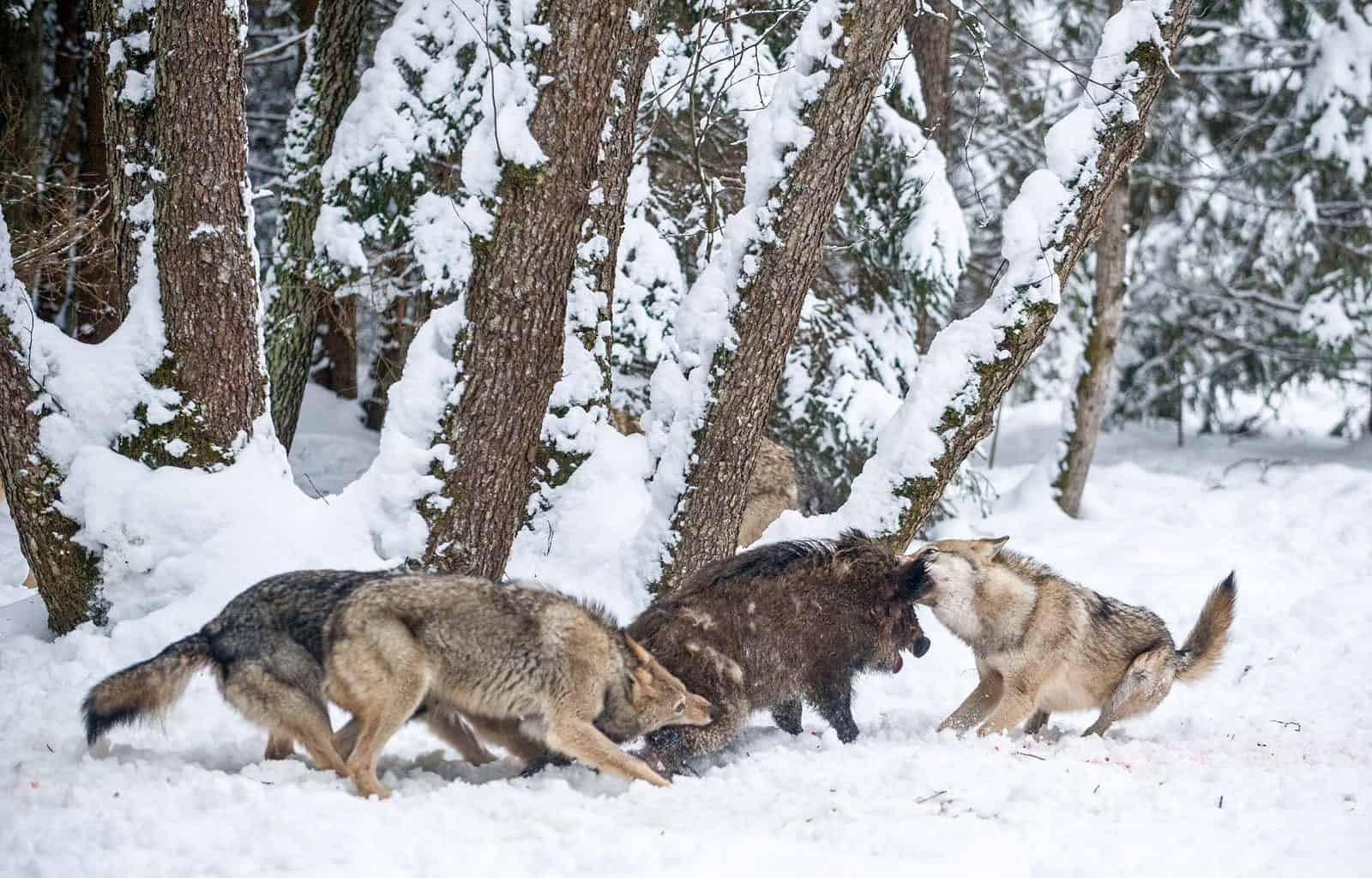
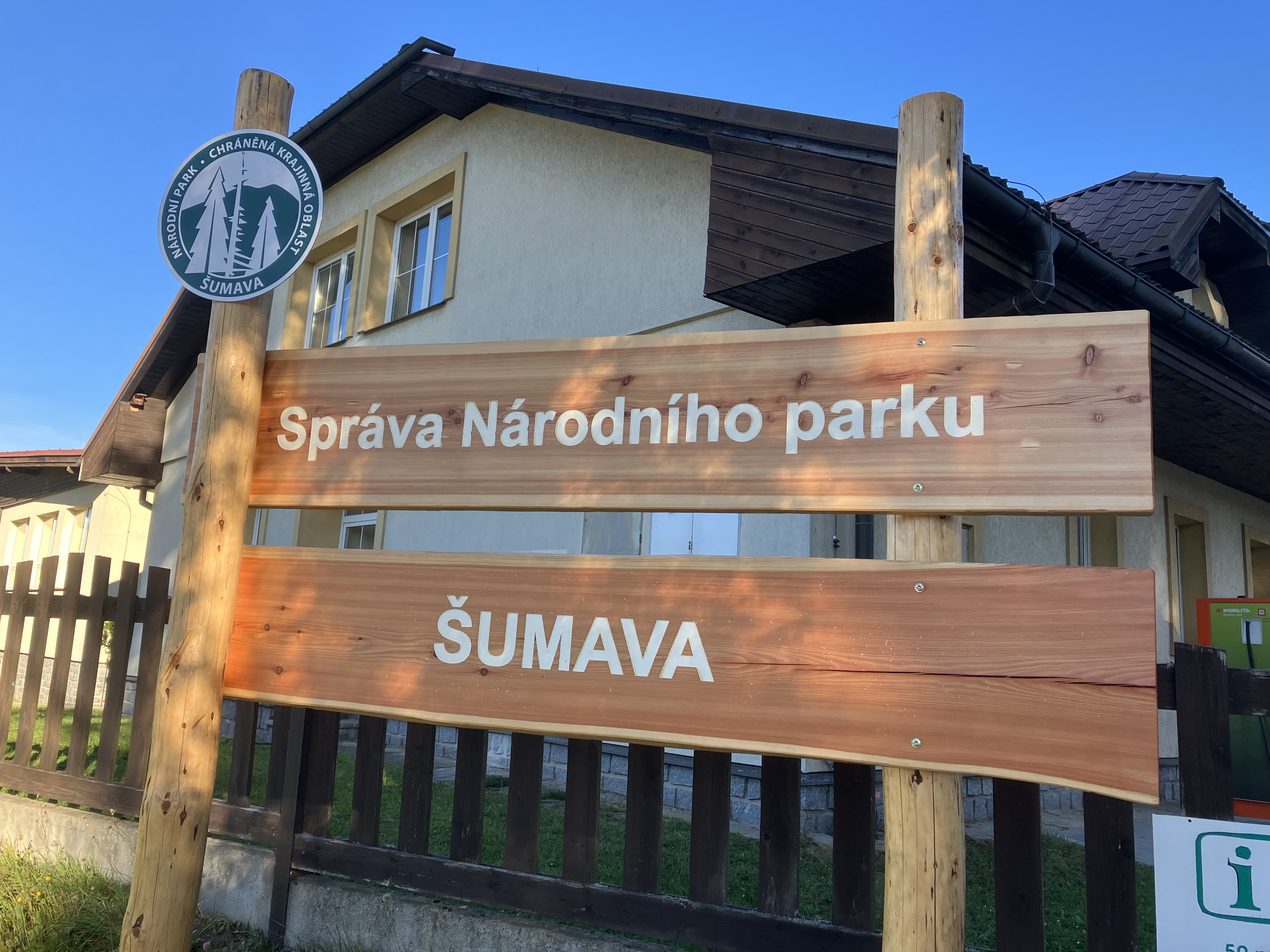
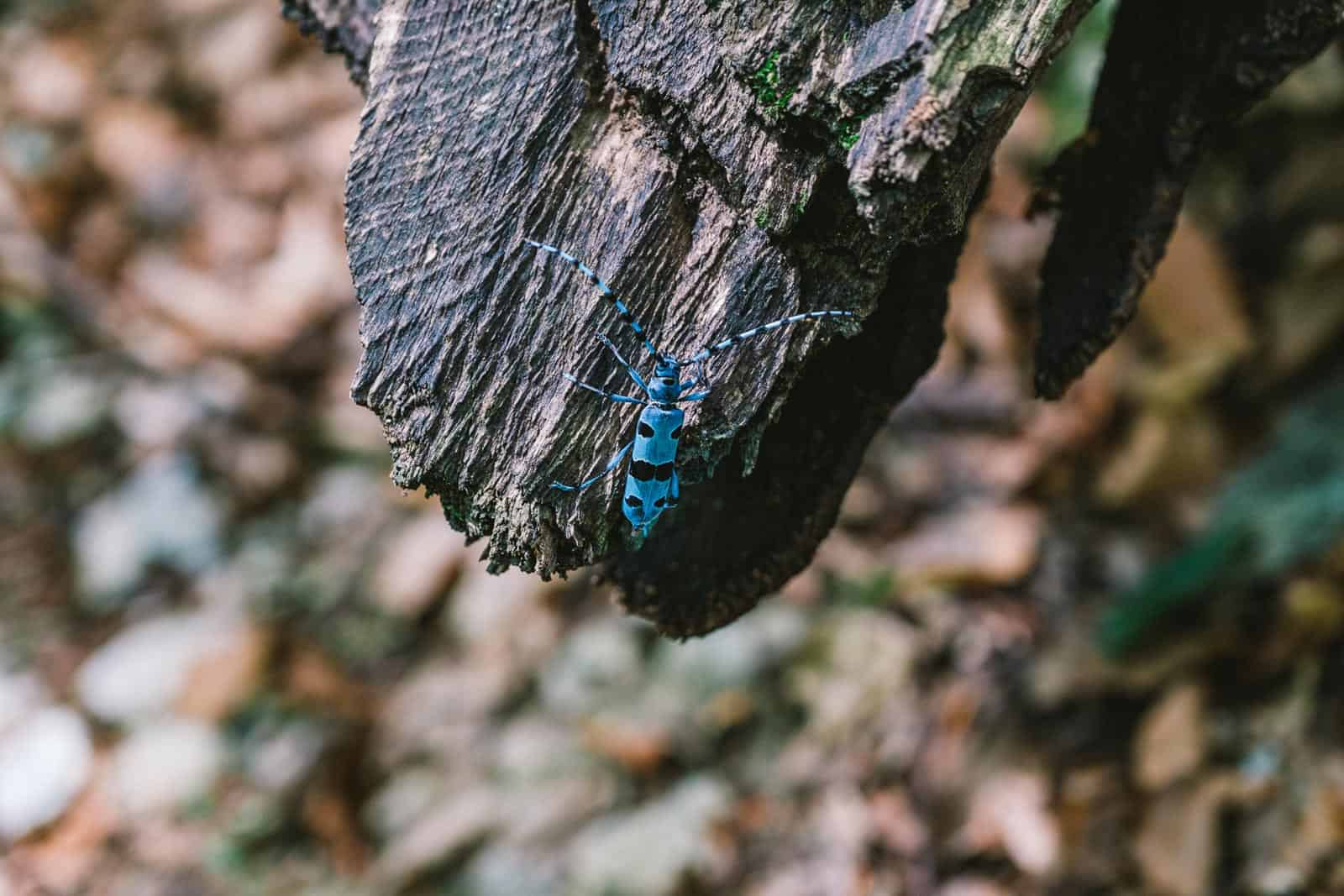
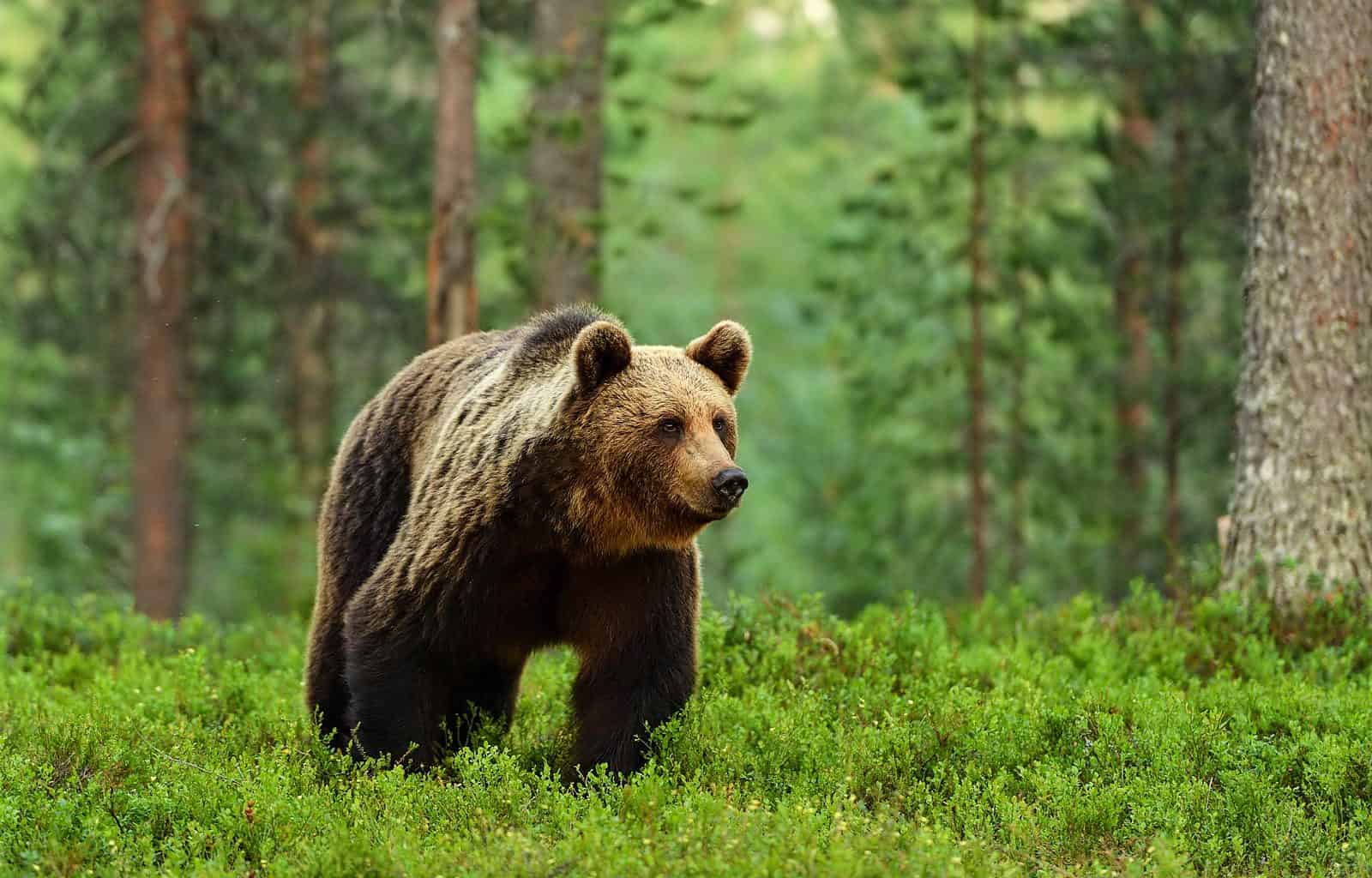
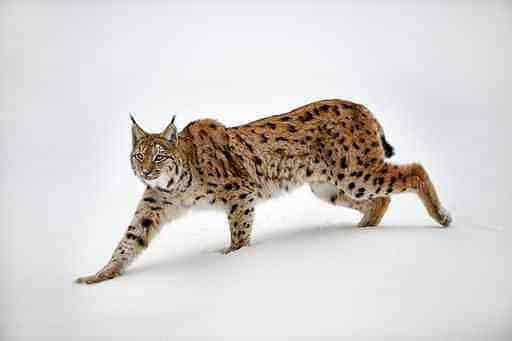
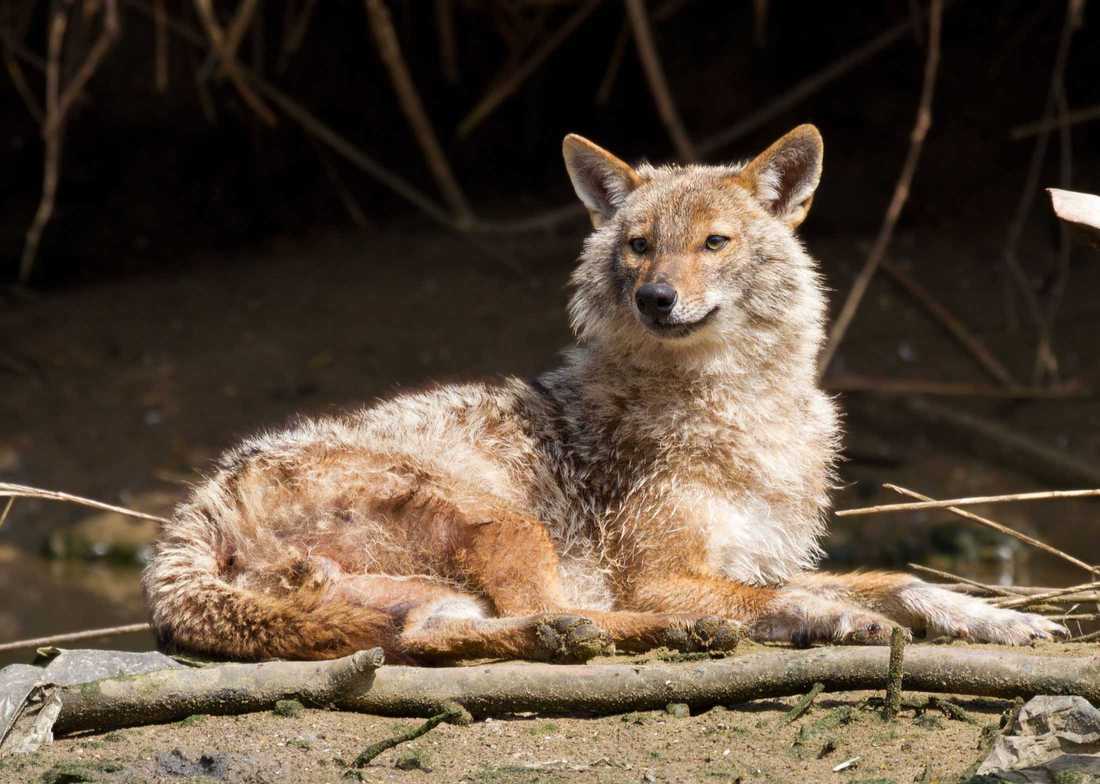
it is quite surpraising that in such progressive European country there is apparently so little understanding for wildlife. In Polish Bieszczady, several times smaller than Pyrennes, we have over 100 bears and nobody demands their removal
Hi Lieven,
your analysis is correct. Our suggestion is based upon the experiences in Switzerland and is an attempt to combine shepherds for cattle and sheep. 75% of the sheep currently in Europe are subsidised and this means that they also are an income for many rural areas. The overgrazing of sheep typically without shepherds are in fact reducing the Biodiversity. Conclusion: It is a human human conflict where nature and its wildlife reacts to our often misguided interventions.
Let’s start with the beginning: alpine pastures, the practise of grazing in montanous sites, normally above the tree line. In French it is called: “pâturage des estives”.
The huge biodiversity, or at least the one that formerly existed, has been maintained by herd grazing and with small herds. Per farmer or per 2 or 3 there was a shepherd who accompanied the small herd for the the summer grazing (pâturage des montagnes en estive). The impact of grazing was significant in terms of preventing reforesting on sites below the tree line, but on the other hand it was so extensive that a very lush alpine flora was maintained. I’m talking about a period before 1950-60.
Losses by wolves or bears were small because the herds were accompanied day and night by the shepherds with their herd guard dogs (Patous).
What over time has been created is a situation with the artificial input of bears, due to the wrong ‘use’ or alpine pastures with too many sheep, increased faster than normal due to the sheep and goats.
One of the results of the practise over time is the change in meaning by the French farmers: “La pratique qui consiste à mener le troupeau à l’estive a pour nom estivage. L’estivage, comme la transhumance, est lié à un mode d’élevage extensif : les troupeaux paissent sur de larges étendues et ne sont gardés en stabulation que de façon marginale. Ce mode d’élevage est aussi nommé « pastoralisme ».” Conclusion: the practice is a system of large herds ungarded, called pastoralism.
Pastoralism comes from pastor wich means shepherd!
Former grazing was merely with cattle. Instead sheep and goat are now used and in much higher numbers and in higher densities around the alpine pastures to exploit.
There are indeed too many bears, but precisely because there are too many sheep merely ungarded on the summer pastures. The only way to solve this problem is to switch over (gradually) to the original grazing method. No commercial grazing that further reduces biodiversity, but an ecological responsible grazing with small herds of cattle that are locked up at night in an enclosure. If there are still casualties then they must be amply compensated for at a fair value of the animal within the exploitation, including all direct and indirect costs.
That also means that Ziva Alif’s suggestion is not a good solution. Keeping sheep within electrical fences is not only not workable due to too expensive operating costs, too difficult due to relief and soil and catastrophic with regard to the biodiversity of the ‘estives’ that than even will be grazed even more systematically.
If the bears, which indeed have a function within the ecological whole, will have less food, the population will not increase further or even decrease in density.
It is also clear to realise that the alpine meadows were much narrower in area in favort of more forest in times when domestic animals did not graze, but only by marmots, chamois and ibex.
If we want to maintain a complete wilderness, grazing by domestic animals (estives) should be stopped over time.
If we want a semi-natural system of grazed alpine meadows for a restricted period in summer than a extensive use of it, preferable with native cattle, should be the answer. We do realise that both solutions are polical very difficult to defend.
In general, brown bears should be used as sign, biodiversity is much more than one species even when it is a top-predator. Let us focus on the whole.